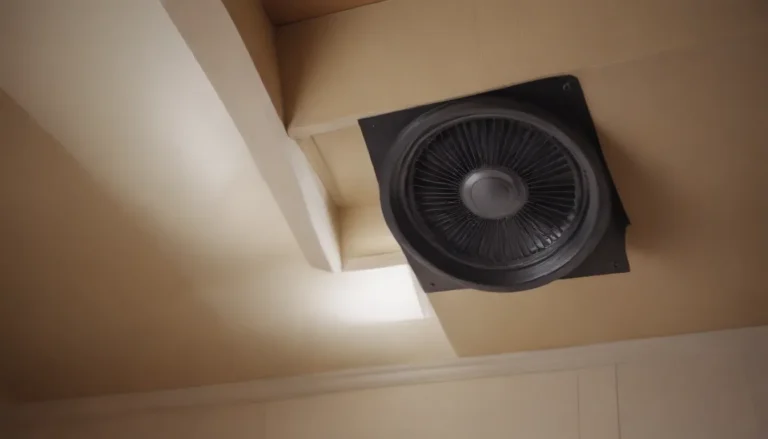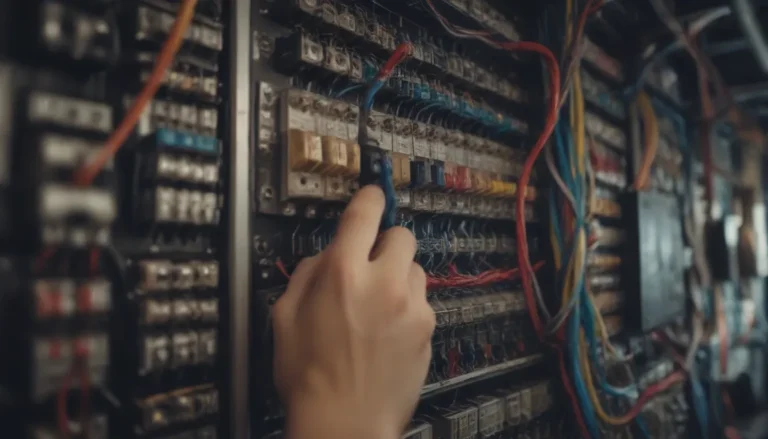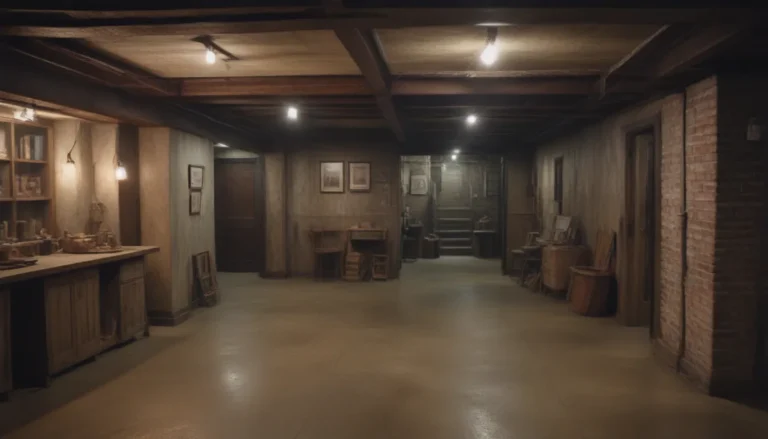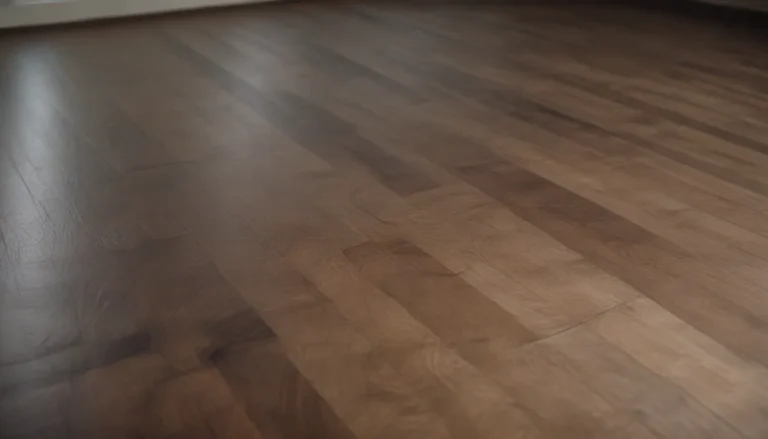The Ultimate Guide to Using Cement Backer Board for Your Projects

If you are looking to take on a tiling, flooring, or countertop project, cement backer board is a valuable building material that can make the job easier and produce long-lasting results. Cement backer board, also known as a cementitious backer unit or CBU, is an affordable option that offers durability and stability for various applications. In this comprehensive guide, we will explore everything you need to know about using cement backer board effectively.
Understanding Cement Backer Board
Cement backer board is a pre-fabricated wall unit made from cement, water, silica, limestone flour, and fibers like Kevlar or fiberglass. Unlike wood-based materials, cement backer board is resistant to mold, rot, and decay, making it a reliable option for areas prone to moisture exposure. This material is commonly used as a base for ceramic tile installations due to its porous surface, which allows thinset, grout, and mortar to adhere securely.
Why Cement Board is Ideal for Tiling
Compared to traditional methods like mortar beds or drywall, cement backer board offers significant advantages for tile installations. Pre-fabricated in standardized sizes, cement backer boards are stronger and more dimensionally stable, reducing on-site drying time. With its moisture-resistant properties, cement backer board prevents the growth of mold and rot, making it a perfect choice for wet areas like bathrooms and kitchens.
Choosing the Right Size of Cement Backer Board
Selecting the appropriate size of cement backer board depends on the specific application:
- Flooring: For tiled floors, choose a thickness of either 1/4-inch or 1/2-inch based on the subfloor’s requirements.
- Countertops: Consider using a thinner board for countertop applications to maintain a balanced weight distribution.
- Walls and Ceilings: Thicker cement backer board may be necessary for vertical installations to support the weight of tiles.
Where to Use Cement Backer Board
Cement backer board is recommended for areas that require a moisture-resistant and durable substrate for tile installations. Some common applications include:
- Bathrooms: Ideal for shower stalls, bathtub surrounds, and bathroom floors.
- Kitchens: Suitable for kitchen backsplashes, countertops, and floors.
- Exterior Walls: Provides a stable base for exterior tiling projects.
- Fireplace Surrounds: Resistant to heat and ideal for fireplace tile installations.
Crack Isolation Membrane
When tiling over concrete floors, it is essential to use a crack isolation membrane like Schluter Kerdi to prevent cracks in the concrete from transferring to the tile. This membrane allows for movement in the substrate without affecting the tile’s stability, ensuring long-lasting results.
Using Cement Backer Board
Cutting the Board to Size
To fit the cement backer board around obstructions or corners, use a utility knife or jigsaw with a carbide blade for clean and precise cuts.
- Utility Knife: Ideal for detailed cuts and minimal dust production.
- Jigsaw: Suitable for larger cuts and more intricate shapes.
Applying the Mortar
Apply thin-set mortar on the underlying surface and comb it with a trowel before placing the cement backer boards. Leave a small gap of about 1/4-inch between boards to allow for expansion.
Installing the Board
Press the board firmly into the mortar and secure it with screws designed for cement backer board installation. Ensure the board is level and securely attached to the surface before proceeding.
Finishing the Installation
Cover the seams between cement backer boards with fiberglass seam tape and mortar to create a seamless and waterproof surface for tiling.
Top Brands of Cement Backer Board
- Durock: Known for its high-quality and durability, Durock cement backer board is a popular choice among professionals.
- HardieBacker: James Hardie’s HardieBacker is a trusted brand for its strength and moisture resistance, making it ideal for wet areas.
- WonderBoard: WonderBoard offers a reliable and easy-to-install cement backer board solution for various tiling projects.
In conclusion, cement backer board is a versatile and reliable building material that can enhance the quality and longevity of your tile installations. By understanding how to use cement backer board effectively and choosing the right size and brand for your project, you can achieve professional results that stand the test of time.Upgrade your tiling projects with cement backer board and enjoy a beautiful and durable finish.





